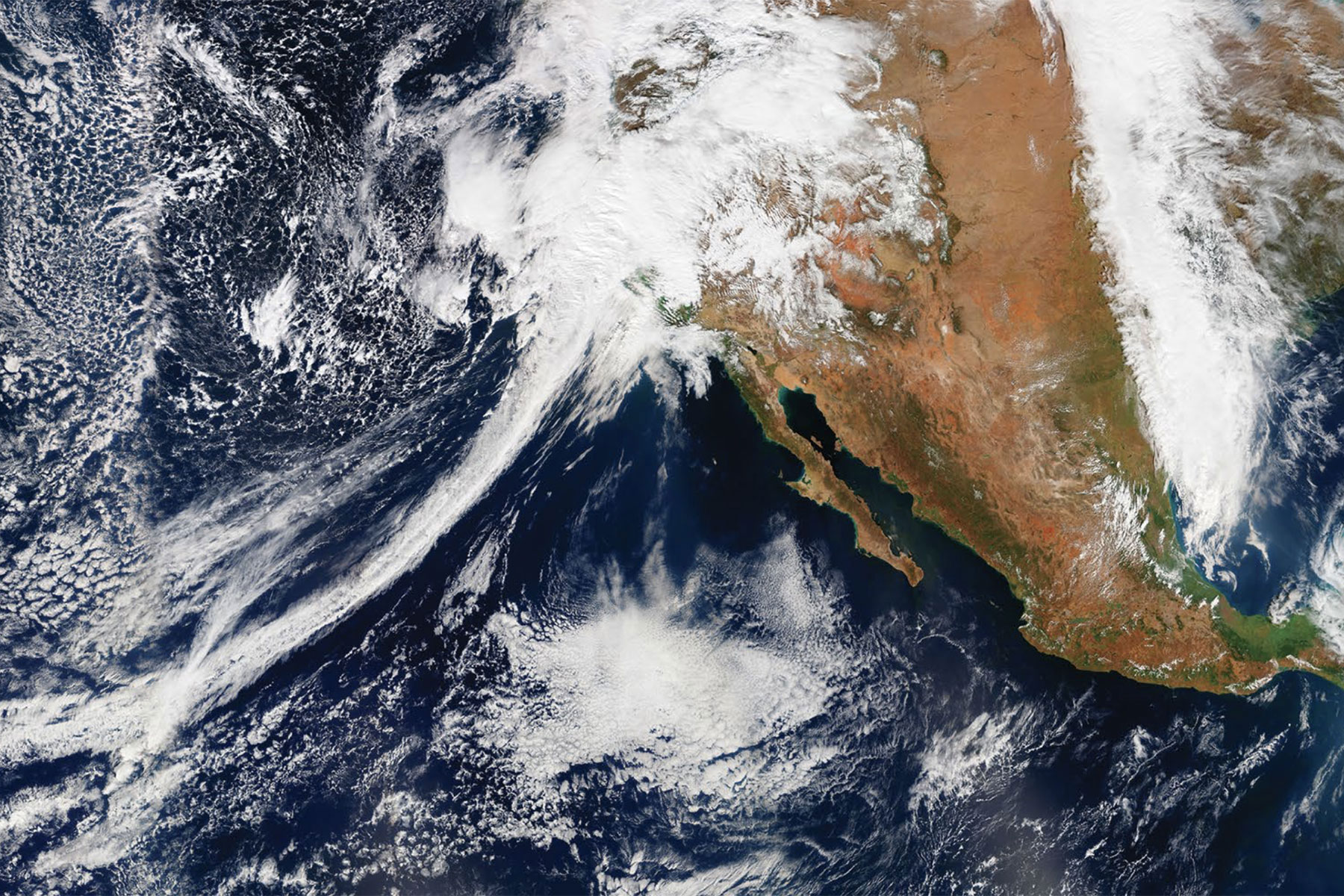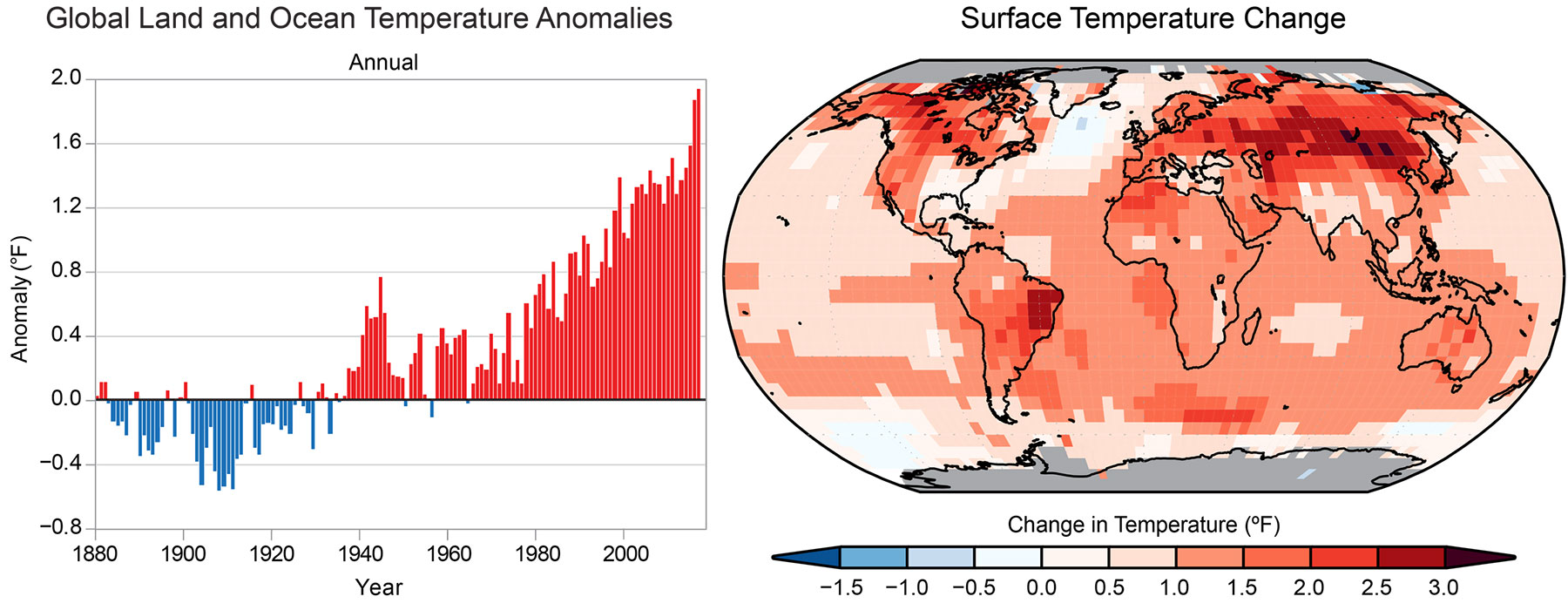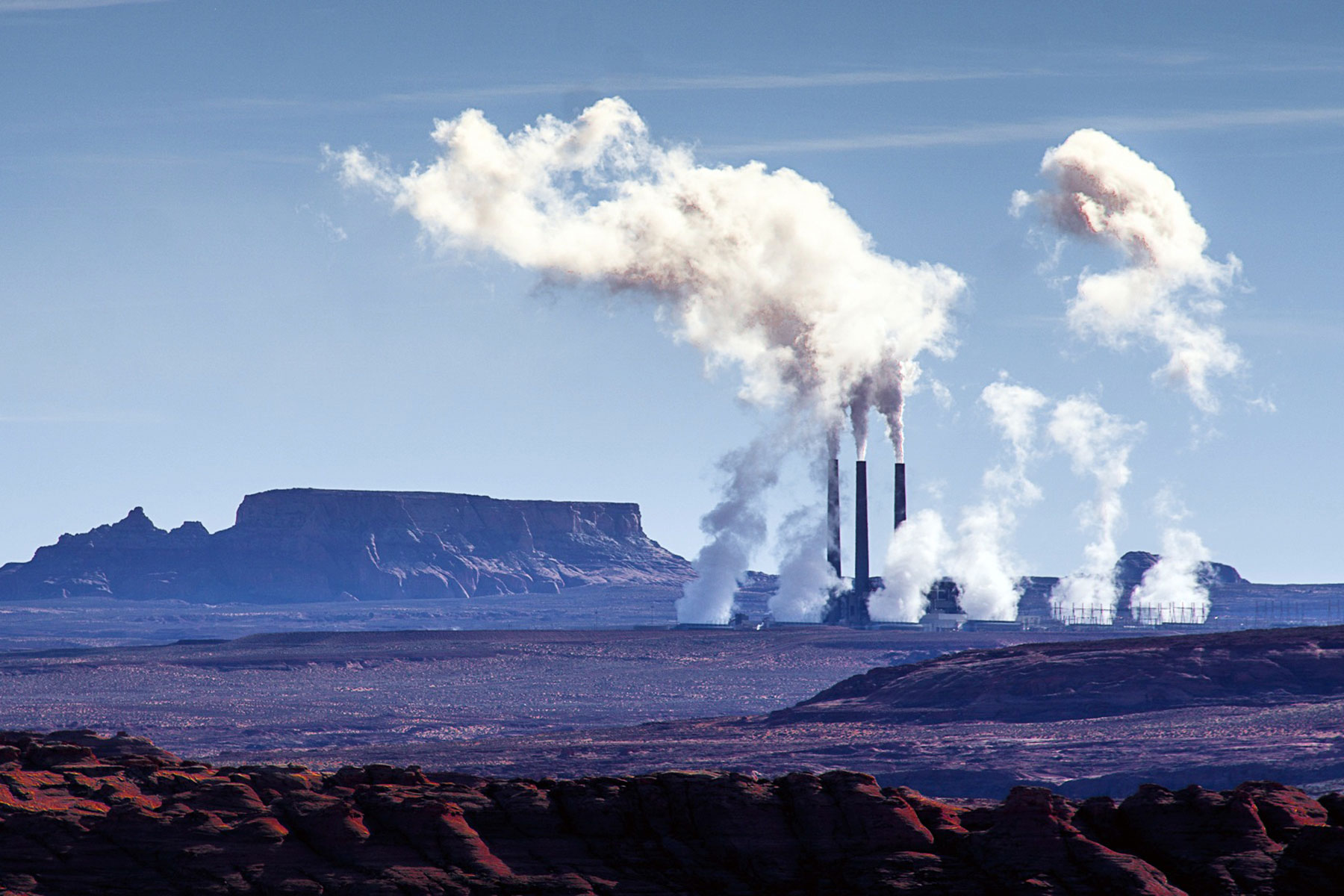
Climate change is already causing significant damage in America and will almost certainly continue to do so, according to the U.S. government’s authoritative new report on the issue.
The final version of the Climate Science Special Report (CSSR) was released on November 3. The CSSR is often referred to as the first volume of the Fourth National Climate Assessment (NCA) – the comprehensive study of climate change that must be done every four years, according to Congressional mandate.
The CSSR is a summary of our current knowledge about the scientific foundation of climate change.
This report should put any doubts about the existence or the severity of climate change to rest. We cannot afford to ignore this threat.
“Today’s Climate Science Special Report is our most comprehensive and definitive look yet at the massive amount of sound scientific research on climate change, and it’s conclusions are inescapable – climate change is happening right now, it is hurting American families, and it will get worse unless we act,” said EDF Senior Climate Scientist Scott Weaver. “This report should put any doubts about the existence or the severity of climate change to rest. We cannot afford to ignore this threat.”
Among the findings in the Climate Science Special Report (CSSR) are:
- Global annually averaged surface air temperature has increased by about 1.8°F (1.0°C) over the last 115 years (1901–2016). This period is now the warmest in the history of modern civilization.
- It is extremely likely that human activities, especially emissions of greenhouse gases, are the dominant cause of the observed warming since the mid-20th century. For the warming over the last century, there is no convincing alternative explanation supported by the extent of the observational evidence.
- Global average sea level has risen by about 7–8 inches since 1900, with almost half (about 3 inches) of that rise occurring since 1993. Human-caused climate change has made a substantial contribution to this rise since 1900, contributing to a rate of rise that is greater than during any preceding century in at least 2,800 years.
- Global sea level rise has already affected the United States; the incidence of daily tidal flooding is accelerating in more than 25 Atlantic and Gulf Coast cities.
- Global average sea levels are expected to continue to rise — by at least several inches in the next 15 years and by 1 – 4 feet by 2100. A rise of as much as 8 feet by 2100 cannot be ruled out.
- Sea level rise will be higher than the global average on the East and Gulf Coasts of the United States.
- Heavy rainfall is increasing in intensity and frequency across the United States and globally and is expected to continue to increase. The largest observed changes in the United States have occurred in the Northeast.
- Heatwaves have become more frequent in the United States since the 1960s, while extreme cold temperatures and cold waves are less frequent
- The incidence of large forest fires in the western United States and Alaska has increased since the early 1980s and is projected to further increase in those regions as the climate changes, with profound changes to regional ecosystems.
- Annual trends toward earlier spring melt and reduced snowpack are already affecting water resources in the western United States.
- Without major reductions in emissions, the increase in annual average global temperature relative to preindustrial times could reach 9°F (5°C) or more by the end of this century. With significant reductions in emissions, the increase in annual average global temperature could be limited to 3.6°F (2°C) or less.
Sharyn Stein, Environmental Defense Fund
Lee Matz
















